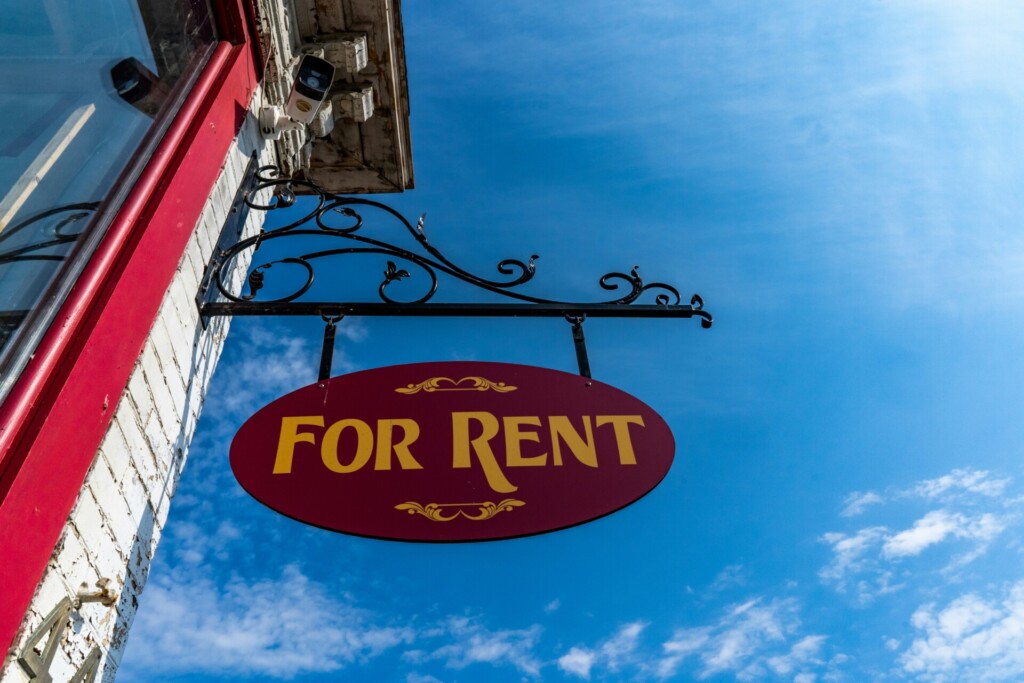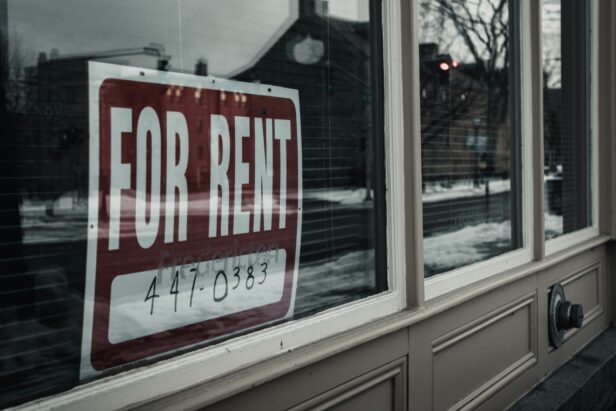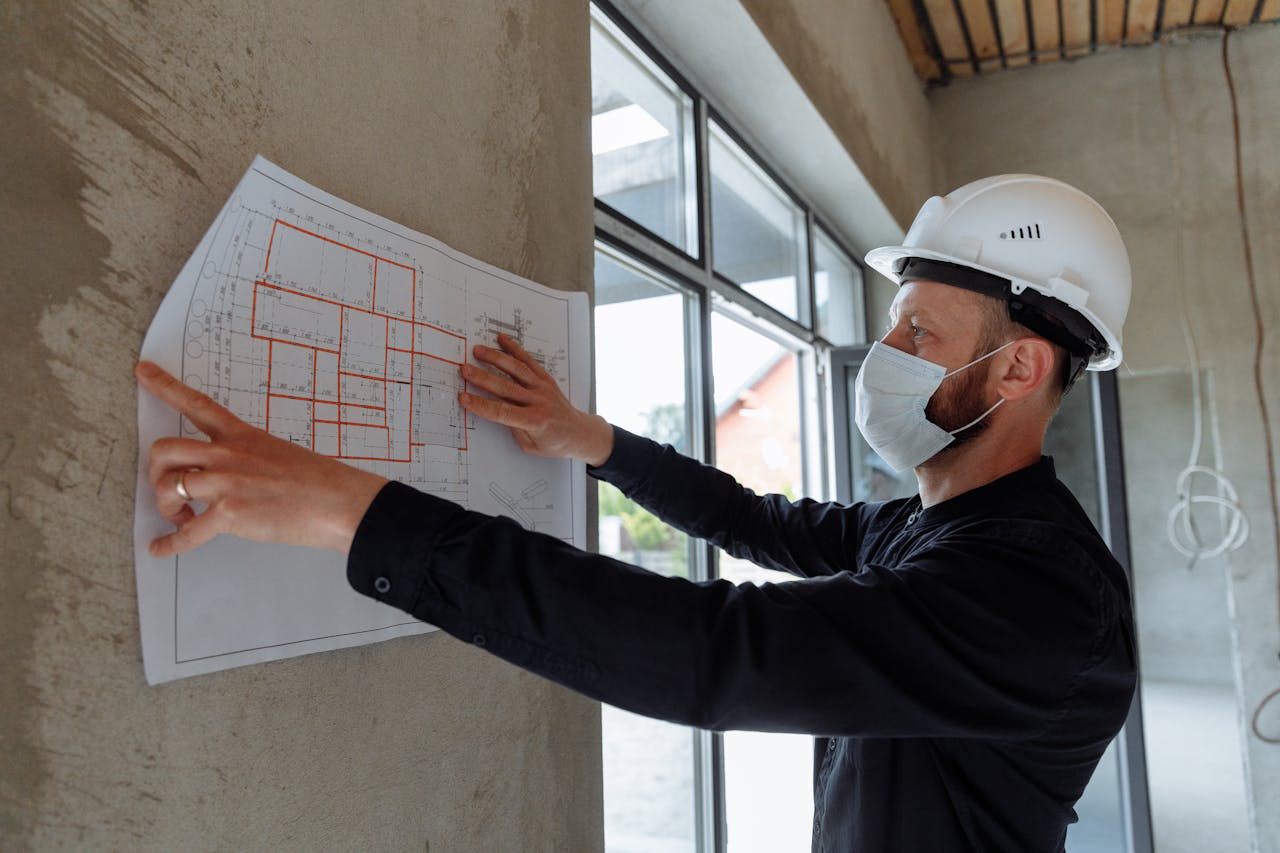A tenant improvement allowance (TIA) is money that a landlord provides to tenants to customize their leased commercial space. This financial incentive appears in office, retail, and industrial leases across all property types. The allowance establishes a maximum dollar amount the landlord will contribute toward build-out costs.
When project expenses exceed the TIA, tenants cover the difference unless lease terms specify otherwise. Landlords typically express TIAs as dollars per rentable square feet or as a percentage of annual rent, with both amounts negotiated during lease discussions. These allowances help landlords attract quality tenants while giving property owners control over improvement standards and costs.
What Counts As Tenant Improvements, And What Does A TIA Typically Cover Or Exclude?

Tenant improvements encompass the interior construction work required to make a commercial space functional for business operations. These modifications transform raw or existing space into customized environments that meet specific operational needs.
Core Interior Construction Elements
Standard tenant improvements include painting and wall coverings that establish the workspace aesthetic. Flooring installations cover carpeting, tile, hardwood, or specialized surfaces based on business requirements. Lighting systems and ceiling fans provide appropriate illumination and air circulation for daily operations.
Window treatments, doors, and hardware installations create proper security and access control. Cabinets and countertops serve functional needs in break rooms, reception areas, or specialized work zones. Plumbing and electrical systems support everything from basic utilities to complex equipment requirements.
Hard Costs Versus Soft Costs
Landlords strongly favor hard costs when approving TIA expenditures. Hard costs represent permanent improvements that remain with the building after tenant departure. These include structural walls, HVAC modifications, door installations, window upgrades, paint applications, and flooring systems that enhance long-term property value.
Soft costs can sometimes be negotiated into TIA coverage, though landlords typically resist these expenses. Construction management fees, legal costs, permit fees, and architectural fees may qualify if they directly support the build-out scope. These costs require careful negotiation during lease discussions to secure coverage.
Standard TIA Exclusions
Furniture, fixtures, and equipment not permanently attached to the property fall outside typical TIA coverage. Office desks, chairs, computers, and moveable equipment remain tenant responsibilities. These items provide no lasting value to the landlord since tenants remove them at lease expiration.
Operating expenses like utilities, internet service, and ongoing maintenance costs are excluded from allowance coverage. Non-structural cosmetic upgrades that don’t improve building functionality typically don’t qualify for funding. Moving expenses and startup costs usually require separate negotiation to secure any landlord contribution.
Technology installations like point-of-sale systems, specialized software, or temporary equipment installations remain outside standard coverage. Signage with highly branded identity elements may be excluded unless they provide clear property value enhancement.
How Are TI Allowances Structured, Funded, And Controlled During The Build-Out?
The structure of tenant improvement allowances determines who manages the construction oversight and how funds flow from landlord to tenant. Two primary control models exist, each affecting project delivery, payment timing, and documentation requirements.
Landlord-Controlled TIA Structure
Under a landlord-controlled allowance, the property owner takes responsibility for construction oversight. The landlord hires contractors, manages the project timeline, and pays costs directly to vendors. This approach gives landlords greater control over build quality, schedule, and eligible costs while reducing the tenant’s administrative burden.
We see this structure used when landlords want to ensure consistent construction standards across their portfolio or when tenants lack experience managing commercial build-outs. The landlord typically provides some level of tenant input on design decisions and contractor selection, though final approval remains with the property owner.
Tenant-Controlled TIA Structure
In tenant-controlled allowances, the tenant assumes responsibility for build-out management. The tenant selects contractors, oversees construction progress, and coordinates project delivery. This structure gives tenants maximum control over customization, quality, and scheduling decisions.
Funding under tenant-controlled structures varies. Some landlords provide upfront funding at project commencement, while others reimburse tenants after work completion. The reimbursement approach requires tenants to have sufficient cash reserves to finance construction before receiving allowance payments.
Documentation Requirements And Payment Timing
Regardless of control structure, the lease must clearly define eligible costs, documentation standards, and payment timing. Landlords typically require lien waivers, certificates of occupancy, and detailed invoices before releasing funds. Some agreements specify milestone payments tied to construction progress rather than lump sum disbursements.
Payment timing affects project cash flow significantly. We work with tenants to understand these requirements early in lease negotiations to ensure adequate project financing. Documentation requirements should specify approved contractors, permitting responsibilities, and change order procedures.
The lease should also establish clear scope and limits for the allowance. While TIAs do not require repayment, exceeding the negotiated cap becomes the tenant’s financial responsibility unless modifications are agreed upon in writing.
How Do TI Allowances Affect Leases And Accounting Treatment?

TIAs deliver strategic value beyond simple financial assistance. We see them regularly influence tenant decisions and strengthen property positions in competitive markets.
Commercial property owners use tenant improvement allowances to attract quality tenants and secure favorable lease terms. Retail properties often offer higher allowances to accommodate specialized store layouts and branding requirements.
Strategic Impact On Property Management
Properties with generous TIA packages typically achieve faster lease-up rates and longer tenant retention. Industrial buildings may offer lower allowances since tenants usually need fewer interior modifications. Office properties balance allowances against market conditions and tenant creditworthiness.
TIAs can increase property valuation by securing stable, long-term tenants who invest in space improvements. These improvements often benefit future tenants, reducing landlord costs for subsequent lease transactions.
ASC 842 Accounting Framework
Under current lease accounting standards, TIAs qualify as lease incentives regardless of how they are structured or funded. The accounting treatment depends entirely on payment timing rather than control or management arrangements.
When landlords pay TIAs at or before lease commencement, tenants reduce their right-of-use asset by the incentive amount. This creates a lower initial asset balance that gets amortized over the lease term. If TIAs are paid after commencement, both the lease liability and ROU asset decrease based on the expected payment schedule.
For landlords, TIAs represent incentives that reduce rental income recognition over the lease term. The timing affects cash flow but not the fundamental accounting treatment as an operating lease incentive.
Tenant Accounting Considerations
Tenants capitalize actual improvement costs as leasehold improvements, separate from the TIA accounting. The improvements get amortized over the shorter of their useful life or remaining lease term. Meanwhile, the TIA incentive reduces lease costs through the ROU asset adjustment.
This dual treatment means tenants show lower lease assets but maintain separate capital expenditures for the physical improvements. The accounting separates the funding source from the asset recognition.
Construction timing becomes crucial for accurate financial reporting. We coordinate improvement schedules with accounting periods to ensure proper recognition of both the incentive and the underlying assets.
Conclusion and Next Steps

Understanding tenant improvement allowances enables successful commercial space customization. A TIA is a negotiated cap that funds interior build-outs so space fits the tenant’s operational needs. Clear definition of coverage, management responsibility, and fund distribution protects both parties throughout project delivery.
Start by aligning scope, schedule, and documentation requirements in the lease agreement. Plan TIA ranges based on your asset type and market conditions. Account for ASC 842 timing implications early in lease negotiation to avoid compliance issues. Contact EB3 Construction to coordinate project planning, cost tracking, and delivery from lease execution through occupancy.




